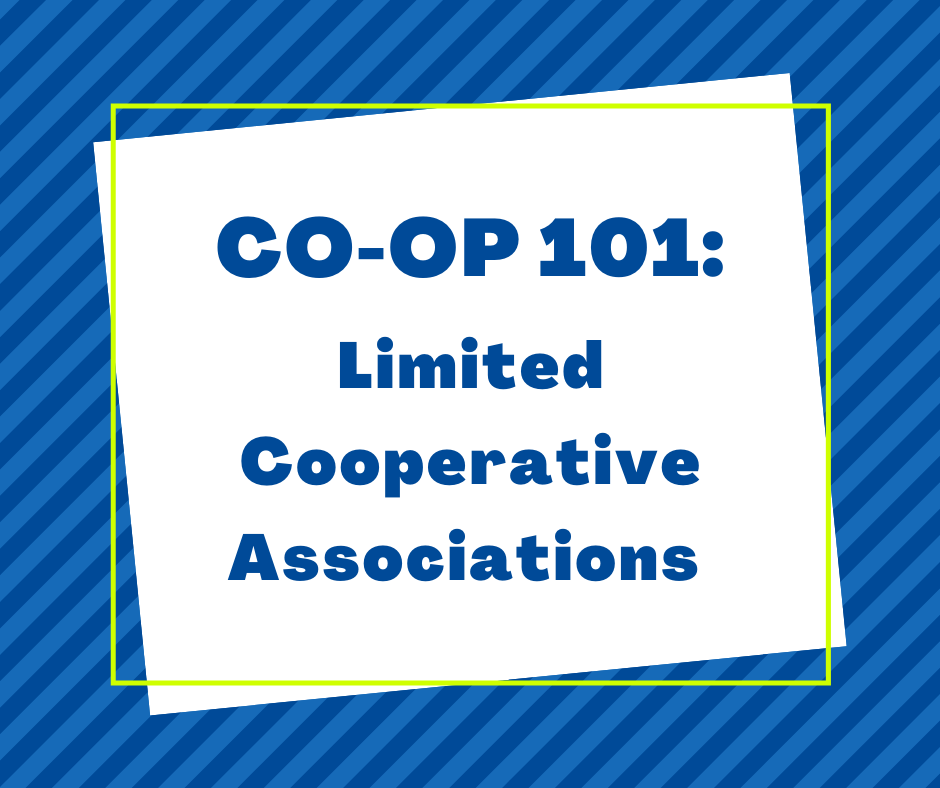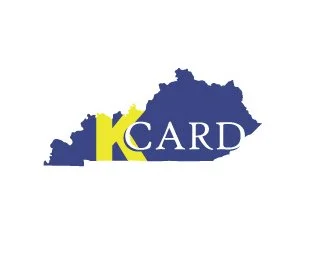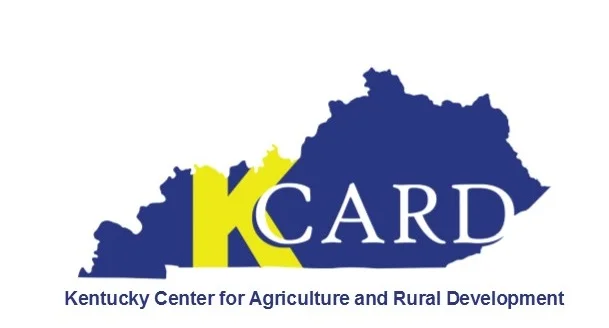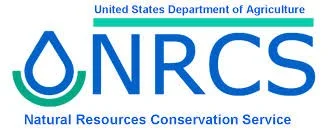Developing and operating a successful business is never an easy task, but operating successful cooperatives can be even more challenging due to their unique business structure and the group dynamics involved. Here are seven ways that a cooperative can improve its odds of success:
Co-op 101: Limited Cooperative Associations
In the last 20 years, several states, including Kentucky, have passed statutes that have created a new cooperative business structure, the limited cooperative association (LCA) that is a hybrid of a traditional cooperative and a limited liability company (LLCs).
Co-op 101: Types and Examples of Cooperatives
Cooperatives exist in every sector of the economy, and cooperatives range from very small, local businesses to large multi-national corporations. Cooperatives can be classified by their primary business activity. Co-ops are often categorized as marketing, supply (or purchasing), consumer, service, and worker.
Co-op 101: Who Receives the Profits in a Co-op?
The purpose of a cooperative is to provide and distribute benefits to members based on their use of the services of the cooperative. Co-op benefits may include better prices for goods, improved services, a new market for goods, or a better source of inputs. These benefits also include receiving patronage refunds (also commonly referred to as patronage dividends), which is the distribution of net profits of the business based upon the use of the co-op’s services. The patronage refund may be in the form of payment or a written notice of allocation to the member’s equity account in the co-op.
Co-op 101: Who Manages a Co-op?
The day-to-day business operations of a cooperative are for the most part no different than any other business, but one of the key differences is that people who patronize the business play an active role in its governance. Cooperatives are democracies, and they are dependent upon the active participation of its members.
What is a Cooperative Development Center and why is KCARD one?
Kentucky Center for Agriculture and Rural Development (KCARD) is a cooperative development center, providing education, support, and advisory services to groups interested in forming cooperatives and to cooperatives who have already formed. KCARD has served these needs in Kentucky since 2001 providing assistance to over 50 cooperatives and helping with the establishment of 27 cooperatives.
Co-op 101: When Does a Cooperative Make Sense?
The cooperative business structure can be an effective organization, but it is not appropriate for everyone or every business idea. When deciding whether to develop a business as cooperative, there are four key factors that need to be present for the cooperative structure to be the right choice.
Fall Funding Opportunities
This week we are featuring the Natural Resources Conservation Service (NRCS) Regional Conservation Partnership Programs, the CSX and the Conservation Fund Transporting Healthy Food Grants, and the USDA Value Added Producer Grants.
Co-op 101: How Do Cooperatives Compare to Other Business Structures?
In our last post about Co-ops we talked about how cooperatives demonstrate the following principles: User-owned, User-Controlled; and User-benefitted. There are many positive attributes to the cooperative business structure, but it is not the appropriate structure for every business and its owners. Choosing the appropriate business structure is an important strategic decision for business owners.
Co-op 101: What makes a Cooperative a Cooperative?
So, what is a cooperative? According to Merriam-Webster Dictionary, a cooperative is “an enterprise or organization owned by and operated for the benefit of those using its services.” Put simply a cooperative is a business owned and controlled by the people that it services.















